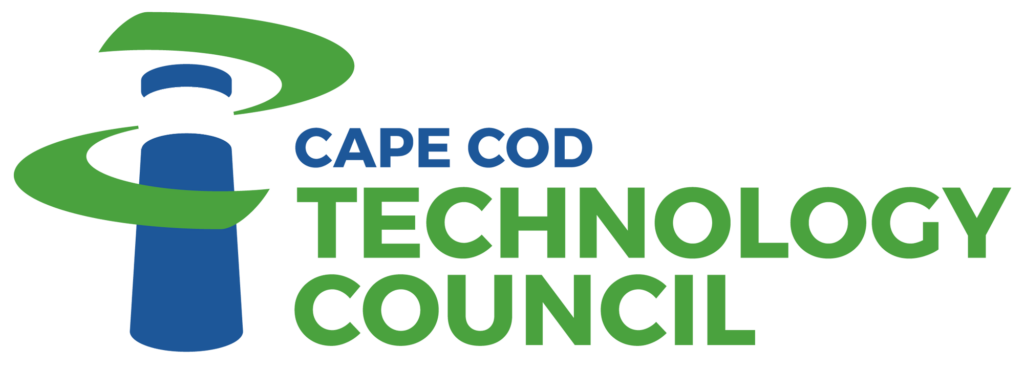At the CC Tech Council Infrastructure Committee meeting in August, we heard reports on the progress of fiber installation, and had an update on Cape Light Compact’s proposed Demand Response program.
A subcommittee was formed at last month’s meeting to look at possible funding models for fiber deployment. Members of that committee discovered pushback from some of the merchants on the perceived higher cost of fiber. In a recent survey, it was reported that businesses on Main Street are currently paying an average of $150-$250 a month for internet (or bundle). The subcommittee is working on a shared simple message to clear up any confusion or misunderstandings right out of the gate, instead of having to “replow the field” each time. If other towns see what’s happening in towns that are moving forward with fiber, and know the real costs, they may want to sign on. The plan is to create a model so it’s easy and compelling for more towns on the Cape to follow suit.
The committee will have a larger conversation on how it will be managed within each municipality. Some towns build the fiber and then outsource the management. It’s individual to each town, with different models to consider. Running an ISP is a lot of work. Each town will have their specific needs, and what they are interested in doing, vs. what they will outsource. The committee understands that overburdened and underfunded municipal IT departments are not in a place to take on more responsibility.
Two separate projects are in progress in Falmouth:
Falmouth Community Network – a community-based fiber optic network. The EDIC ( Economic Development and Industrial Corporation) has issued a Request for Proposals for a feasibility study.
Falmouth Main Street – a community-based fiber-optic network to support its downtown businesses. Falmouth is moving forward with a feasibility study.
It was suggested that Infrastructure Committee members and visitors could be helpful by compiling information for consumers, so they can make educated decisions. If a municipality isn’t using a fiber optic network, committee members were encouraged to ask why, and be an advocate. Bringing more people to the table strengthens the network.
Cape Light Compact
Cape Light Compact has reached a signed agreement with Eversource on proposed demand response programs and is working to move those programs forward. They are filing a revised budget and revised offering with the Department of Public Utilities for approval. The revised offering would provide solar, panels heat pumps, and battery storage to 250 low income homes.
The Demand Response plan: Instead of turning on a new power plant to meet the need at peak times, customers decrease use and reduce the load. The idea is to shave that peak, to reduce capacity and market costs.
There are three customer-facing programs to reduce demand:
Smart thermostat program – Invite people with wifi thermostats to enroll, and agree to let CLC make slight changes at critical times. They have found high customer engagement rates in tests.
Battery storage – More people are installing in-home battery storage systems, which sit unused until there is an outage. CLC will pay an incentive to tap into these unused power walls and feed power to the grid at peak usage times.
Traditional demand response – Commercial customers are paid to reduce their load at peak times. This has been a focus of energy efficiency programs. Each customer reduces use in a way that works best for them.
And finally, it was reported that the Vineyard Wind project has been halted by federal regulators requiring a new environmental impact study.
